
(Photo by: Millspaugh, C.F./Wikimedia Commons)
Hearing the word skullcap, people might immediately think of helmets or even skeletons. However, the blue skullcap plant (Scutellaria lateriflora) is none of those things. Blue skullcap is a hardy perennial plant that belongs to the mint family. It’s native to North America and it has been cultivated for its medicinal properties. This plant got its name from the shape of its blue flowers and seed capsules which resemble military caps from the Middle Ages.
Various Uses
Despite being mildly toxic, blue skullcap has been used in traditional herbal medicine for centuries. As a herbal remedy, skullcap flowers and leaves can be brewed to make tea or tincture. To make blue skullcap tea, simply boil 1 teaspoon of dried skullcap leaves in 1 cup of water for approximately 10 minutes. This herb is also available on the market in powder, liquid extract, and capsule form as well.
Additionally, dried skullcap leaves can also be smoked. Blue skullcap has sedative effects. So, it could help relieve stress, fight anxiety, and improve sleep quality. When smoked, it smells similar to marijuana. Mixing blue skullcap with other herbs can enhance its sedative qualities. People usually mix this herb with St. John’s wort, catmint, lemon balm, and damiana.
Health benefits
As mentioned earlier, blue skullcap is often used as a medicinal herb by Native Americans to treat various ailments. It also has anti-inflammatory and antibacterial properties, which means that skullcap is great for curing colds and coughs, reducing swellings, and curing insect bites. The active substances in this herb can also help women maintain a regular menstrual cycle and increase their fertility.
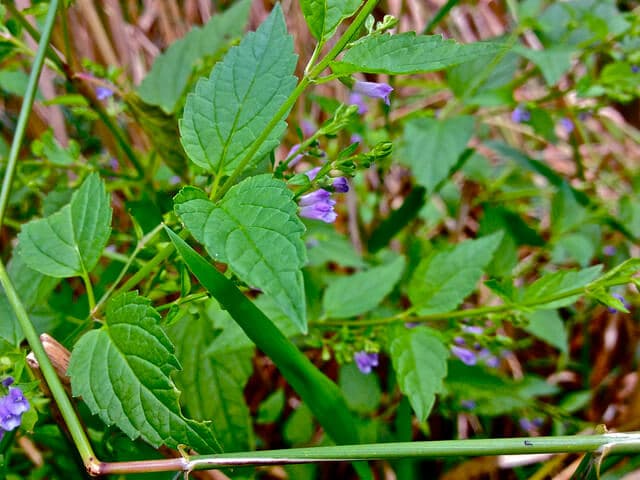
(Photo by: Fritz Flohr Reynolds/Flickr)
Blue skullcap has sedative and mild analgesic properties. This herb is particularly good at relieving stress, soothing the nerves, eliminating headaches and improving sleep quality. This herb is also used to treat various nervous conditions, such as panic attacks, ADHD, and anxiety. Its antispasmodic property also makes it good for treating epilepsy.
Cultivation
With its vibrant flowers, blue skullcap can be a beautiful addition to your garden while also offering you valuable medicinal benefits. This herb is hardy and can grow in a wide variety of soils. But to ensure optimum growth, plant it in well-drained, fertile soil. It prefers partially shaded area but can also tolerate full sun exposure. Be sure to water it moderately so the plant doesn’t dry out from the lack of water.
Start by stratifying the seeds to make sure they germinate properly. To do this, place them in a sealed plastic bag along with some sand or a moist paper towel. Refrigerate them for one week. Sow the seeds indoors, burying them ¼” deep in the soil. They will germinate in 7 to 14 days. Transplant them outside after the last frost has passed and they’re large enough to handle. Space them about 1’ apart from each other to give them room to grow.
The plants will be ready for harvest at around 120 days after sowing. Refrain from picking the leaves before the flowers bloom in its first year. Doing so might result in the plant being unable to sustain itself in the future. You may start harvesting both the flowers and the leaves once the flowers are in full bloom. To harvest, use gardening scissors and leave around 3” of the stem above the ground so the plant can regenerate.
Cautions

(Photo by: Jean-Marie Van der Maren/Flickr)
Tea or tincture overdose may cause irregular heartbeat, confusion, and seizures. There’s also some concern that long-term usage may be toxic to the liver. Blue skullcap shouldn’t be given to pregnant women as it may induce a miscarriage. Lastly, skullcap may interfere with the nervous system. So, stop consumption at least 2 weeks before a scheduled surgery.
Conclusion
Blue skullcap has so many benefits to offer to us. Among other things, blue skullcap is especially wonderful to soothe the mind and uplift your mood. This herb is truly a gift of nature and by using it properly, we’ll be able to treat numerous ailments and maintain our health.
---------------
Writen by Cornelia Tjandra
Cornelia is a freelance writer with a passion for bringing words to life and sharing useful information with the world. Her educational background in natural science and social issues has given her a broad base to approach various topics with ease. Learn more about her writing services on Upwork.com or contact her directly by email at cornelia.tjandra@gmail.com
Many of our readers find that subscribing to Eat The Planet is the best way to make sure they don't miss any of our valuable information about wild edibles.
See our privacy policy for more information about ads on this site

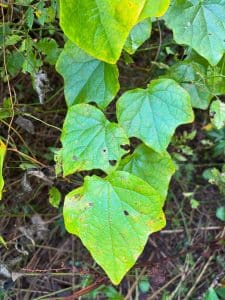
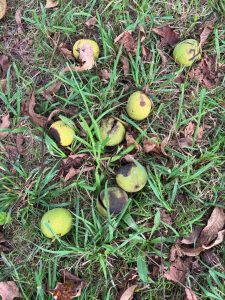
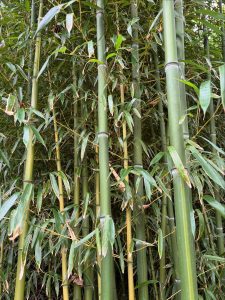
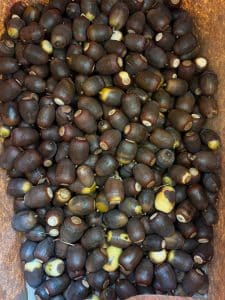
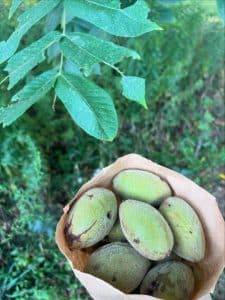
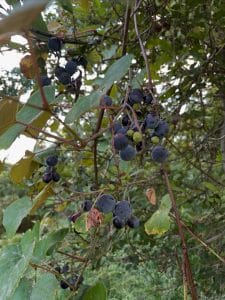
One Response
Flavonoid compound scutellarin (Scu) is quite frequently met in the plant kingdom, particularly in the genus Scutellaria (Lamiaceae) and Erigeron (Asteraceae). The extract of the herb of Erigeron breviscapus, containing this component in high amount, has been used for many years in traditional Chinese medicine. In recent years, studies have made great progress on the usefulness of Scu for treating various diseases by testing its mechanism of action. They support the traditional use of Scu rich plant in heart and cerebral ischemia. Scu can potentially be applied in Alzheimer’s disease, Helicobacter pylori infection, vascular complications of diabetes and as an inhibitor of certain carcinomas. Various methods were designed to improve its isolation from plant material, solubility, absorption and bioavailability. On the basis of recent studies, it is suggested that Scu could be a promising candidate for new natural drug and deserves particular attention in further research and development. https://www.worldscientific.com/doi/abs/10.1142/S0192415X18500167
can these two herbs be used interchangeably ??